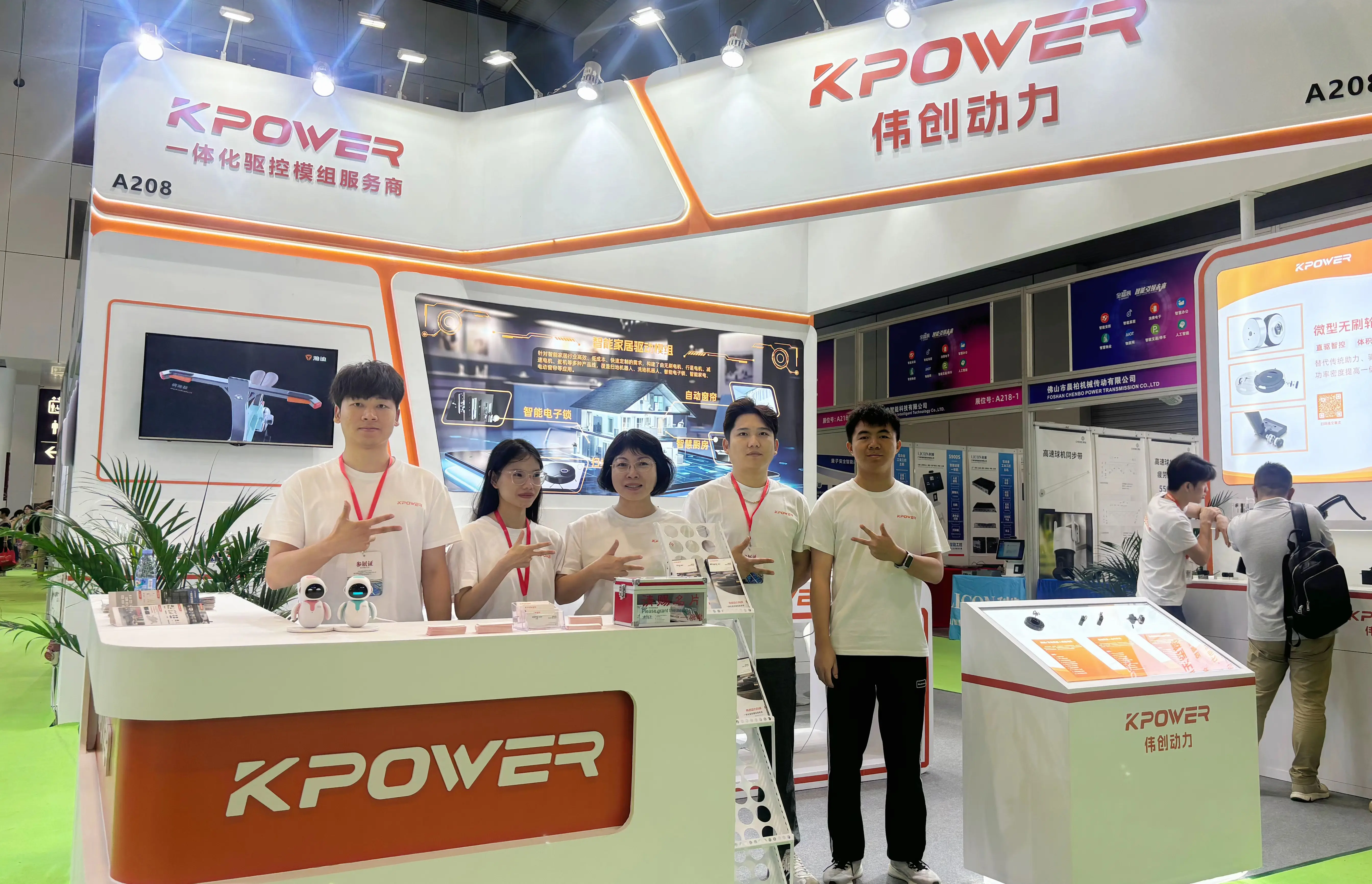Imagine a world where your creations move precisely on command, opening doors to endless possibilities in robotics, automation, and creative engineering. Whether you dream of building a robotic arm, an automated camera slider, or a remote-controlled car, the key component that brings these ideas to life is often the humble servo motor. But how do you communicate with these tiny, yet mighty devices? The answer lies in mastering the art of controlling servo motors with an Arduino—an accessible, versatile microcontroller that’s become a staple in electronics hobbyist communities worldwide.

What Is a Servo Motor?
Before diving into control techniques, it’s essential to understand what a servo motor is. Unlike regular motors that spin continuously, servo motors are designed to rotate to a specific position within a range—commonly between 0 and 180 degrees, though some can go beyond this. They incorporate a small internal feedback system, typically a potentiometer, which continuously reports the motor’s position back to the driver circuit. This feedback allows the control system to make precise adjustments, making servos ideal for applications requiring accurate positioning.
Commonly used in radio-controlled aircraft, robotics, CNC machines, and automation systems, servo motors are compact, reliable, and easy to control, making them perfect starting points for beginners venturing into robotics. They connect through three wires: power (+V), ground (GND), and control signal.
Why Use Arduino for Servo Control?
The Arduino platform has revolutionized hobbyist engagement with electronics. Its simplicity, affordability, and extensive community support make it the perfect tool for controlling servo motors. Through just a few lines of code, you can seamlessly command a servo to move to a specific angle, create complex sequences, or even develop interactive projects powered by sensors.
Getting Started: What You’ll Need
To begin your journey in controlling servo motors with Arduino, gather these essentials:
Arduino board (Uno, Nano, Mega, or compatible) Standard servo motor (or multiple for more complex projects) Breadboard and jumper wires Power supply (if powering multiple servos or larger models) Resistors, sensors (optional, for more advanced projects) Arduino IDE installed on your computer
Connecting the Servo to Arduino
Connecting your servo motor is straightforward:
Identify the servo’s wires: Usually, the three wires are color-coded—red (power), black or brown (ground), and white or yellow (control signal). Connect power: Attach the red wire to the 5V (or appropriate power source for your servo) pin on Arduino. Connect ground: Connect the black/brown wire to a GND pin. Connect control signal: Connect the white/yellow wire to a digital PWM pin (e.g., pin 9) on the Arduino.
Note: If you’re controlling multiple servos or using many in a project, it’s wise to power them externally and connect grounds together to avoid drawing too much current from the Arduino itself.
Programming the Arduino
The Arduino ecosystem offers a dedicated library called Servo.h, which simplifies controlling servo motors. Here’s a simple example sketch to rotate a servo to 90 degrees:
#include Servo myServo; // create servo object void setup() { myServo.attach(9); // attach servo to pin 9 myServo.write(90); // set initial position to 90 degrees } void loop() { // nothing here }
This code initializes the servo, attaches it to pin 9, and moves it to the 90-degree position upon startup. From here, you can extend your project to include dynamic movements, sensor feedback, and more.
Controlling Servo Motion: Basic Commands
Servo motors are controlled primarily using the write() method, which positions the motor within the range of 0 to 180 degrees. You can also use writeMicroseconds() for more precise control, translating degrees into specific pulse lengths:
myServo.writeMicroseconds(1500); // standard pulse for neutral position
Typically, standard servos interpret 1000 µs as 0°, 1500 µs as 90°, and 2000 µs as 180°. Using writeMicroseconds() provides finer control and smoother movements.
Creating Smooth Movements and Limits
For more natural motion, programmers often incorporate delays or interpolation functions to move servos gradually:
for (int pos = 0; pos <= 180; pos += 1) { myServo.write(pos); delay(15); }
This loop smoothly transitions the servo from 0° to 180° over approximately three seconds. Fine-tuning delay durations can produce faster or slower movements suited to your project's needs.
Stay tuned for part 2, where we’ll explore advanced control techniques, practical project ideas, troubleshooting tips, and creative ways to integrate servos into your robotics endeavors.
Kpower has delivered professional drive system solutions to over 500 enterprise clients globally with products covering various fields such as Smart Home Systems, Automatic Electronics, Robotics, Precision Agriculture, Drones, and Industrial Automation.




































